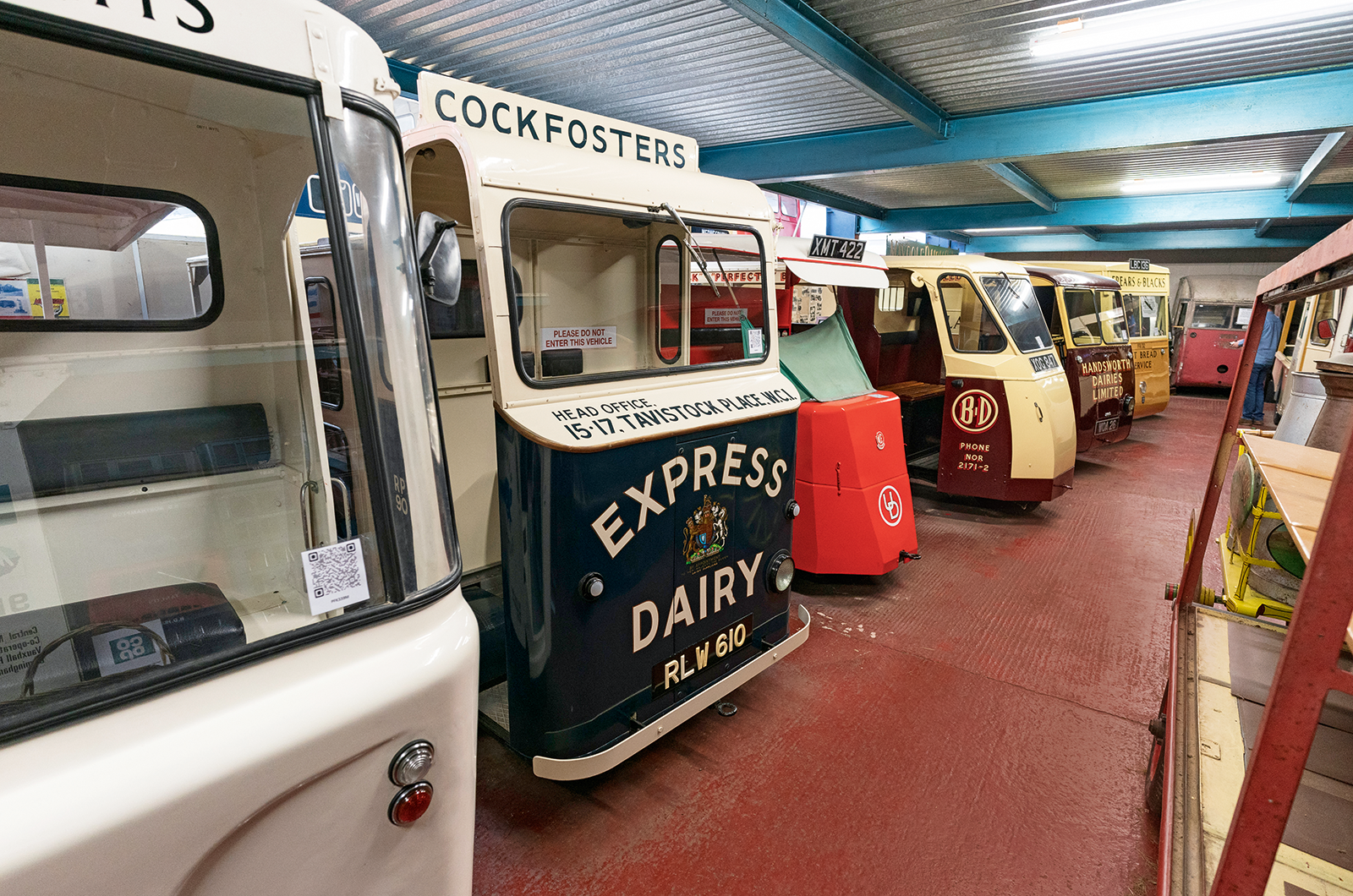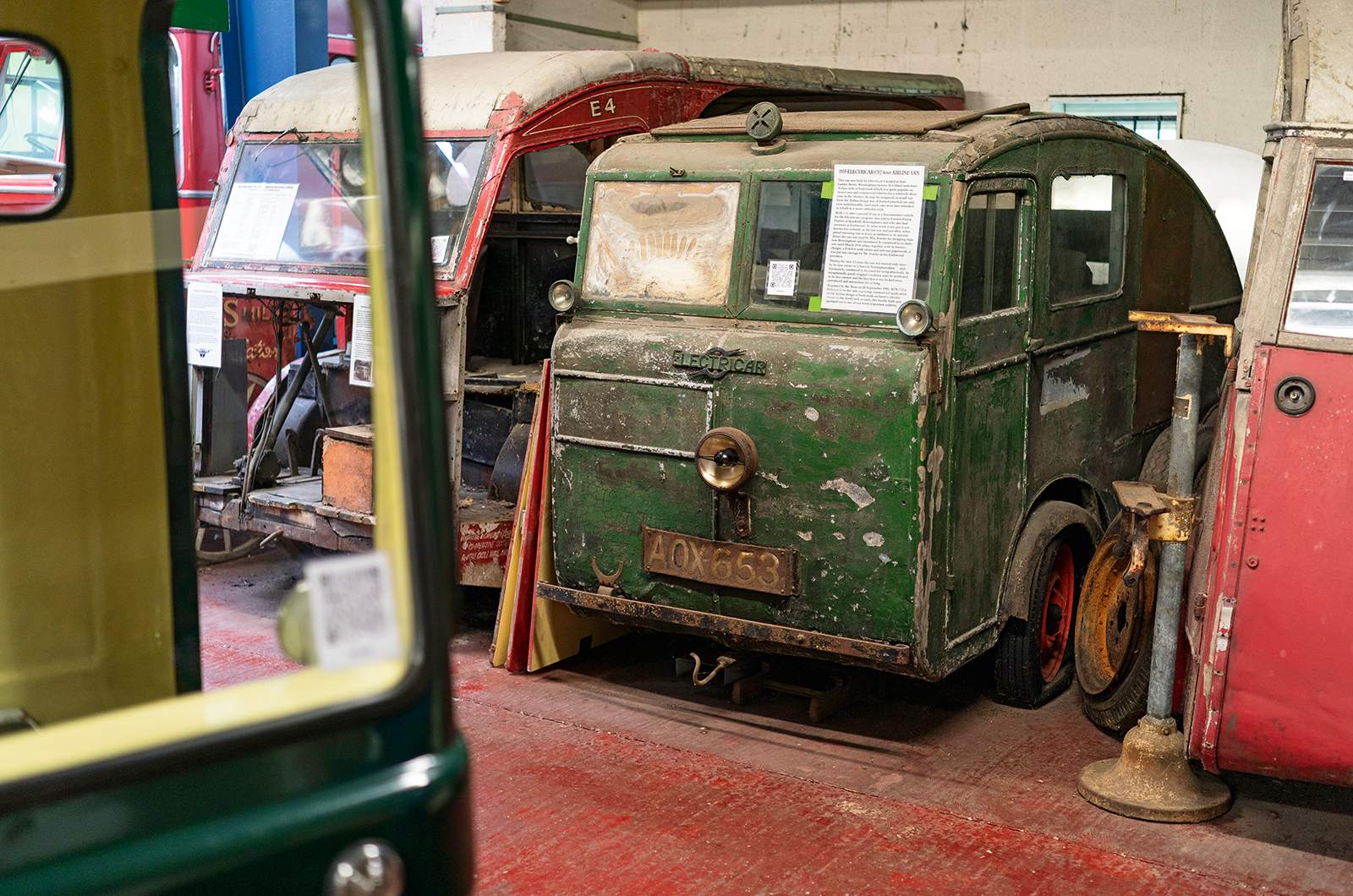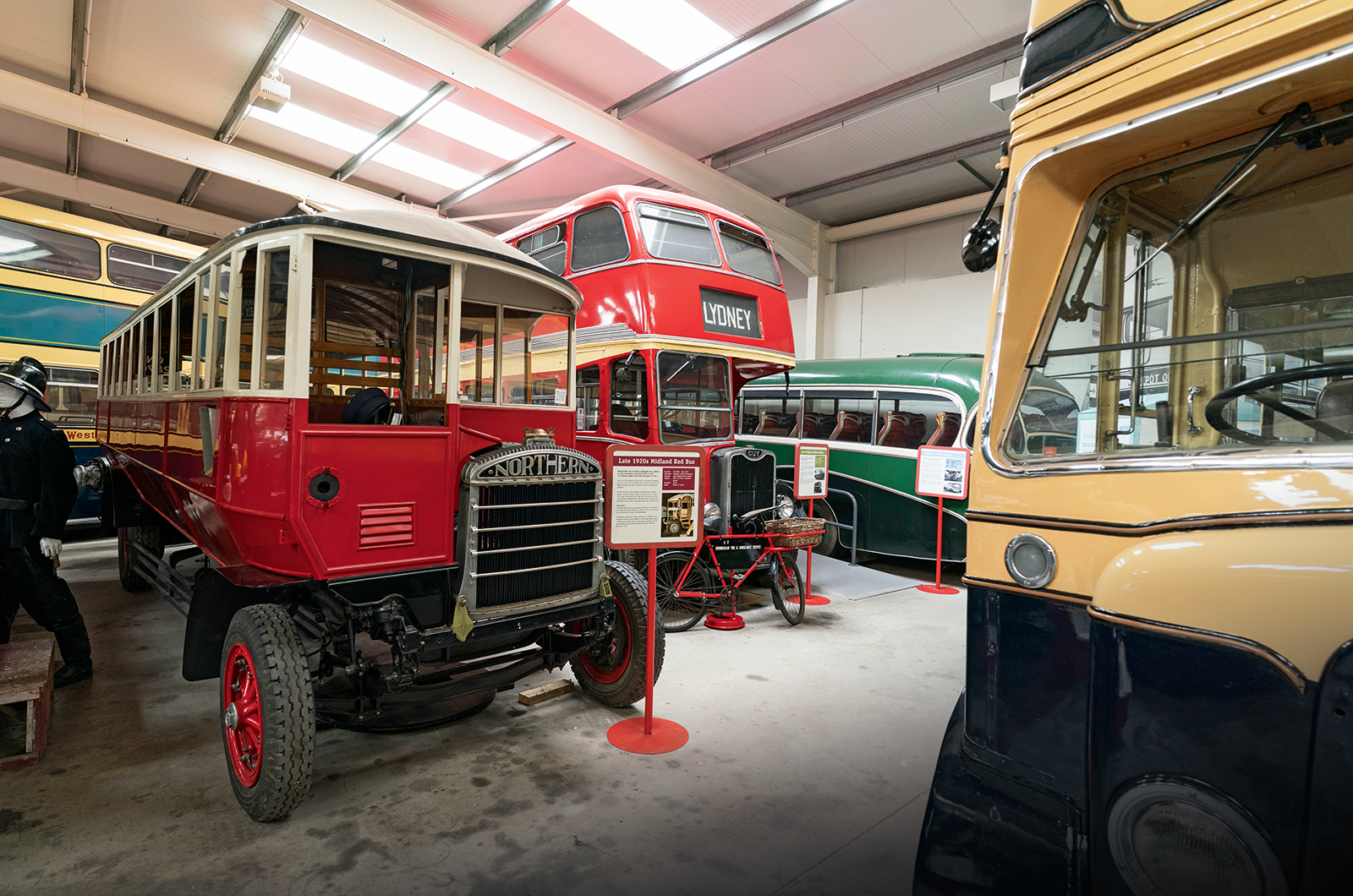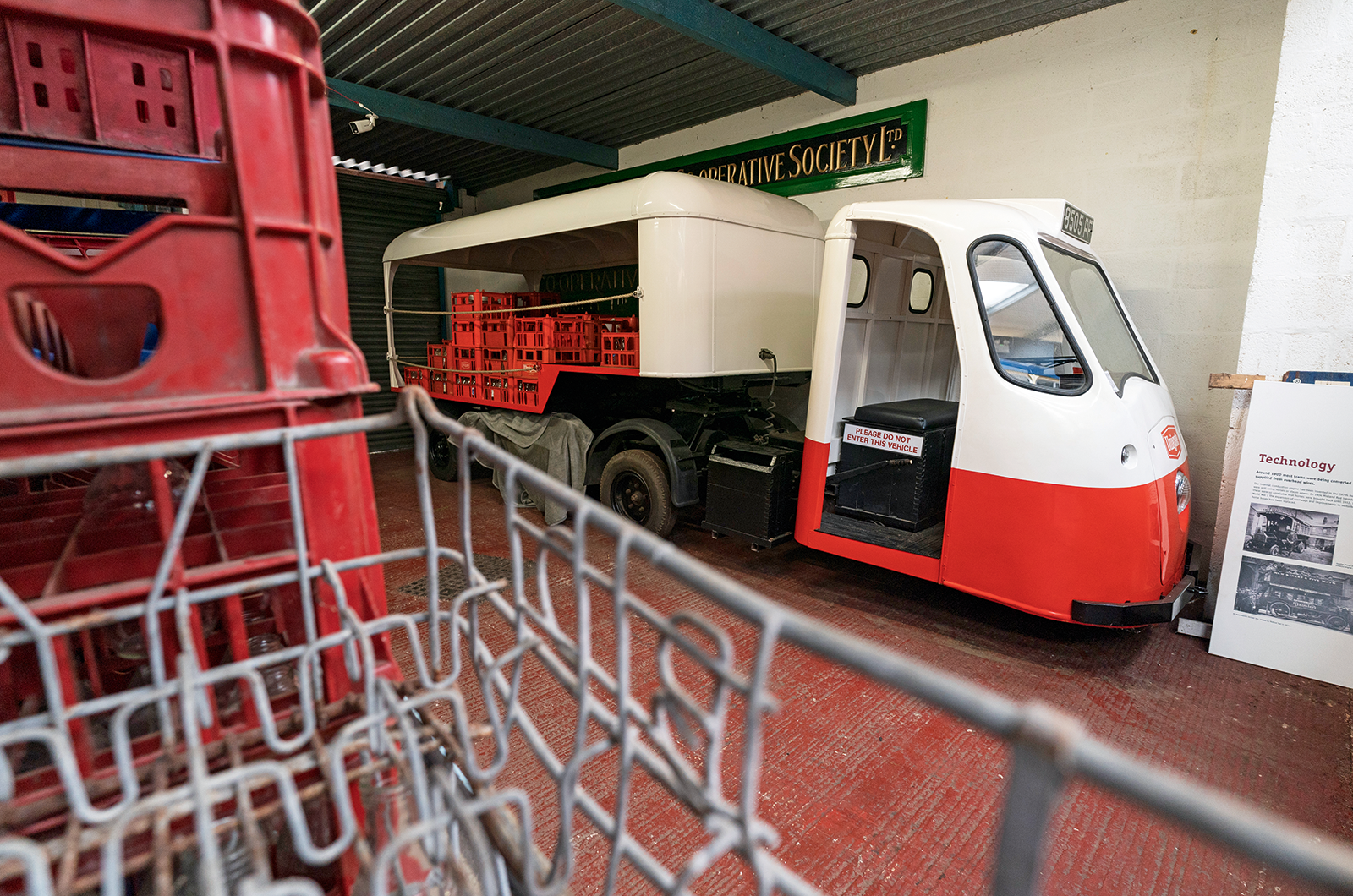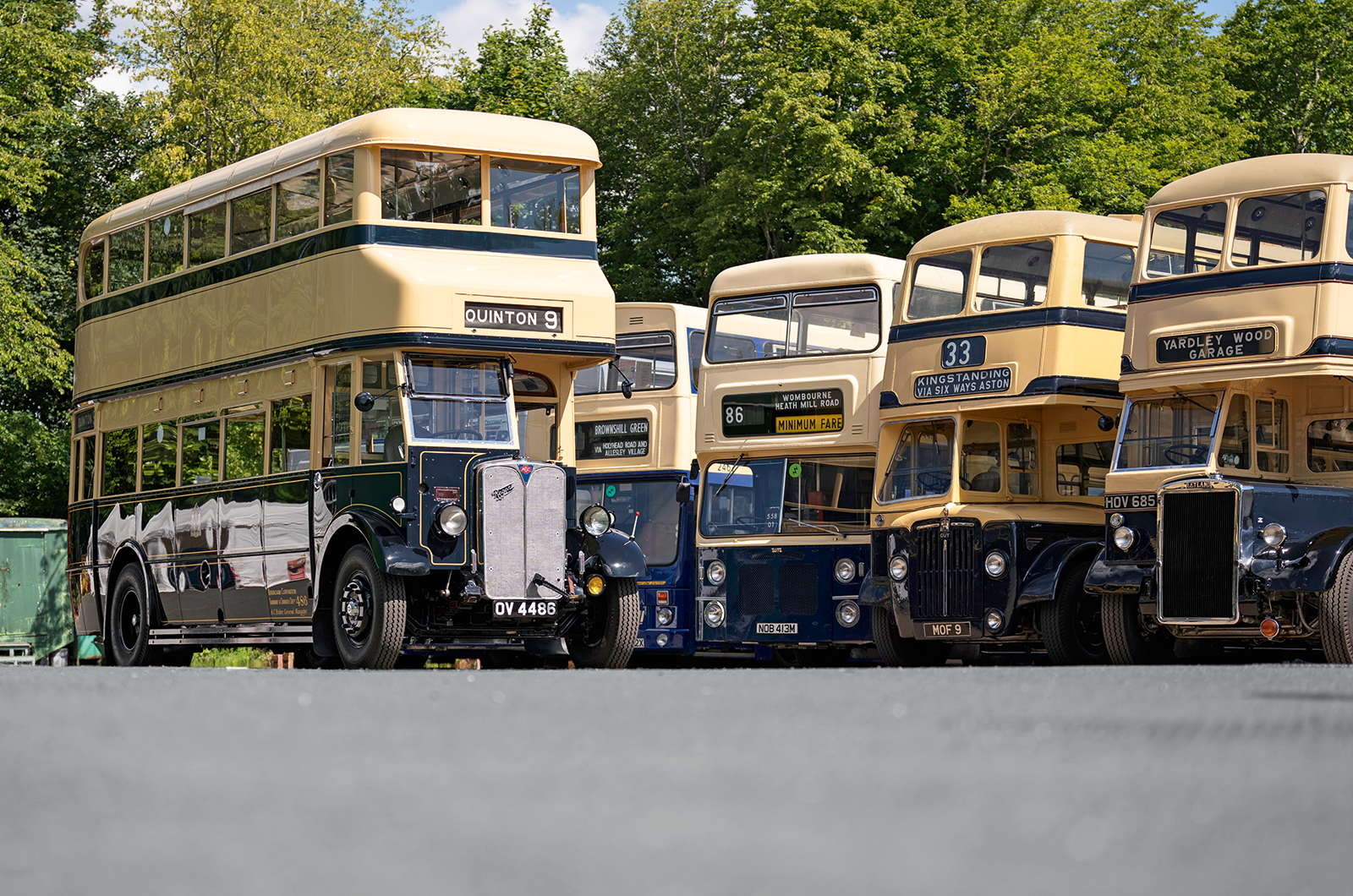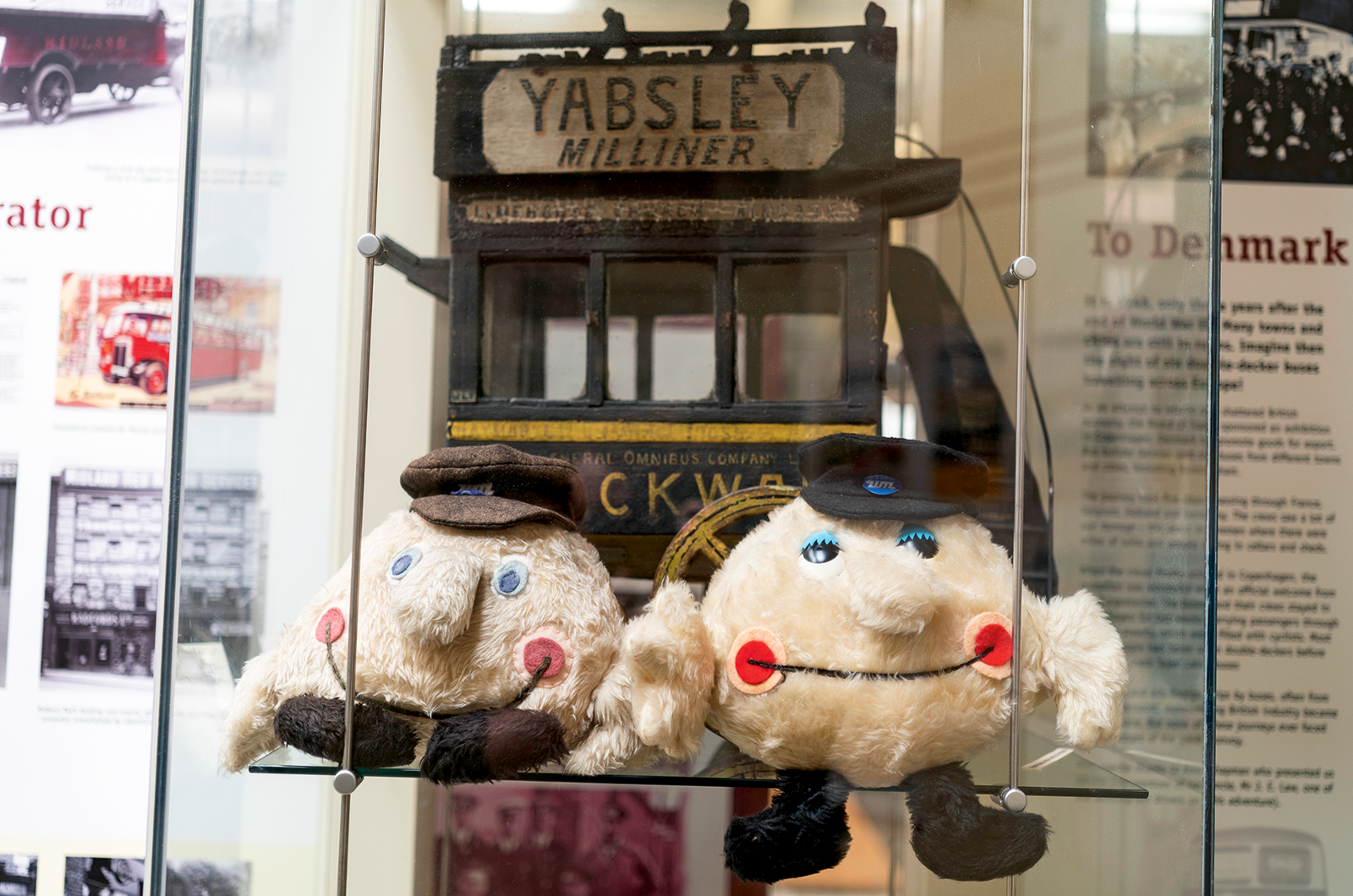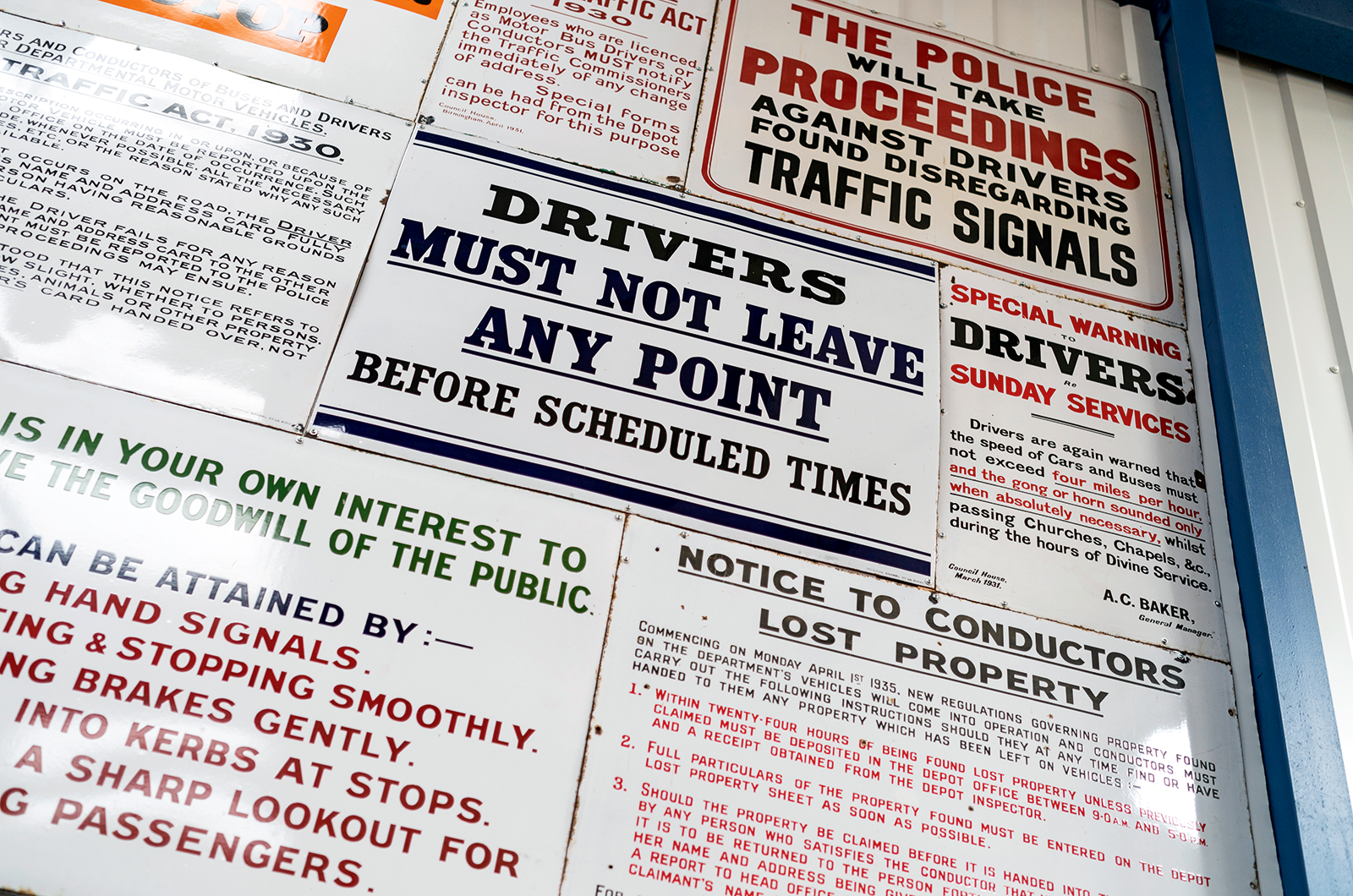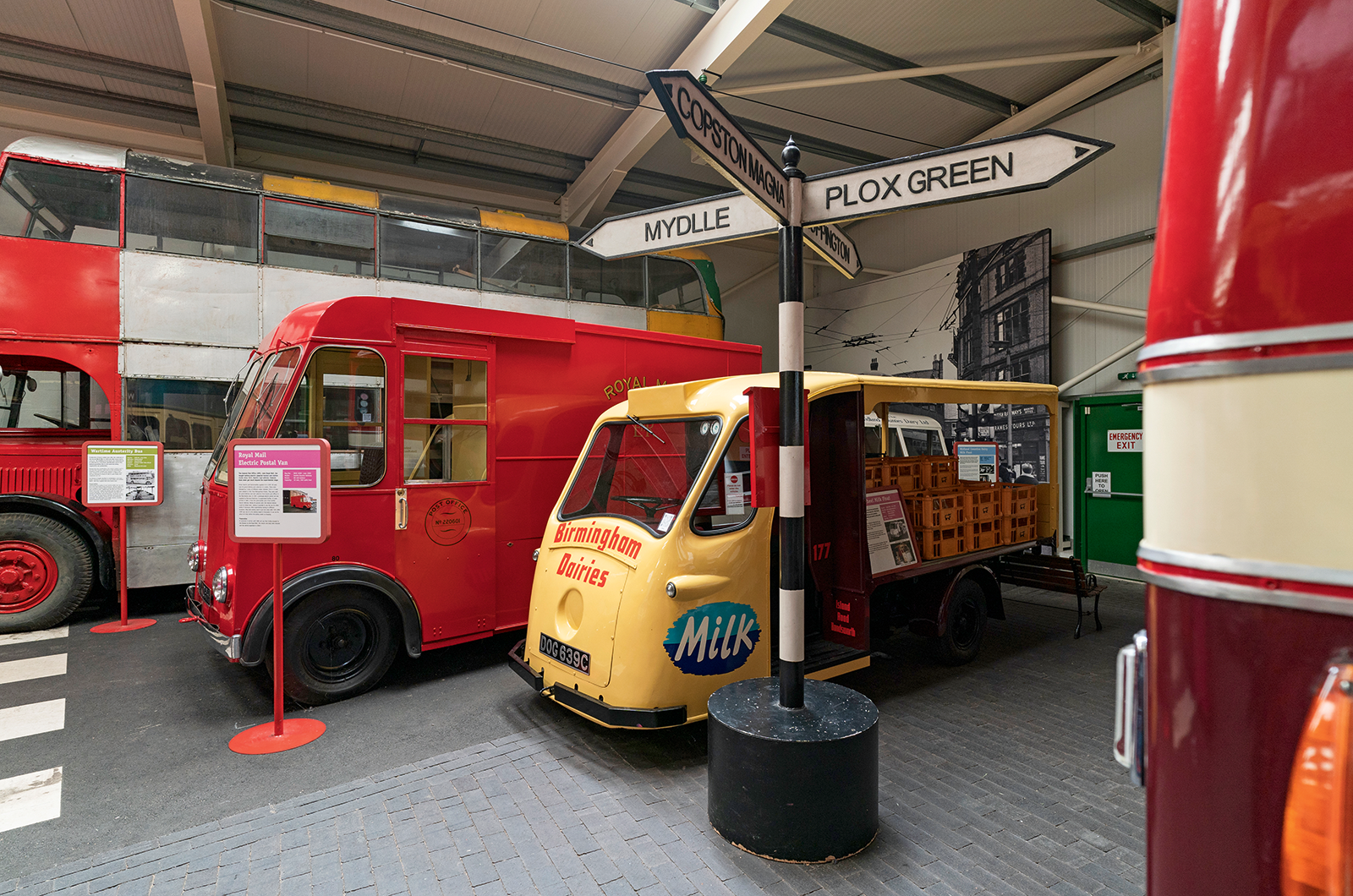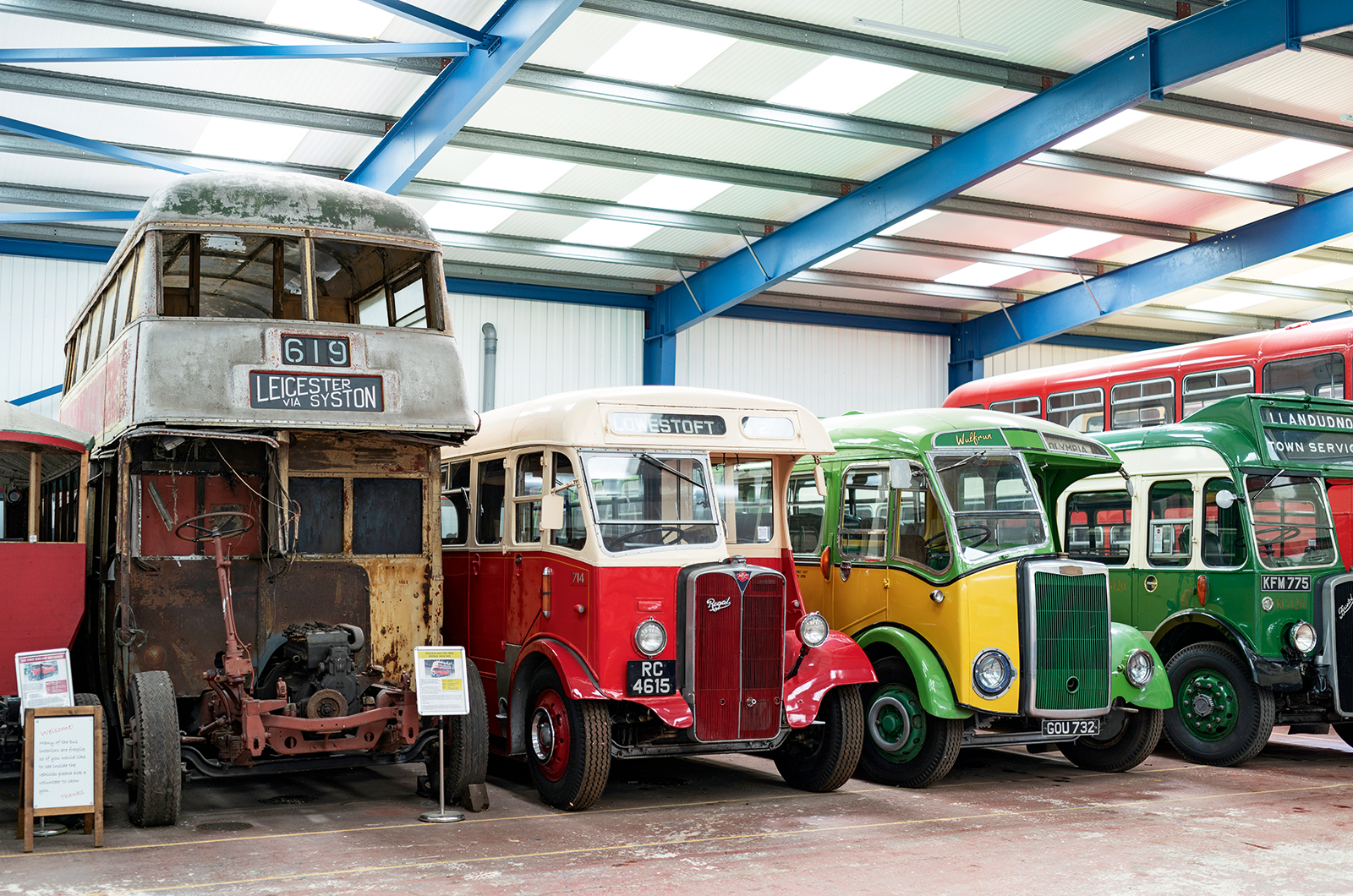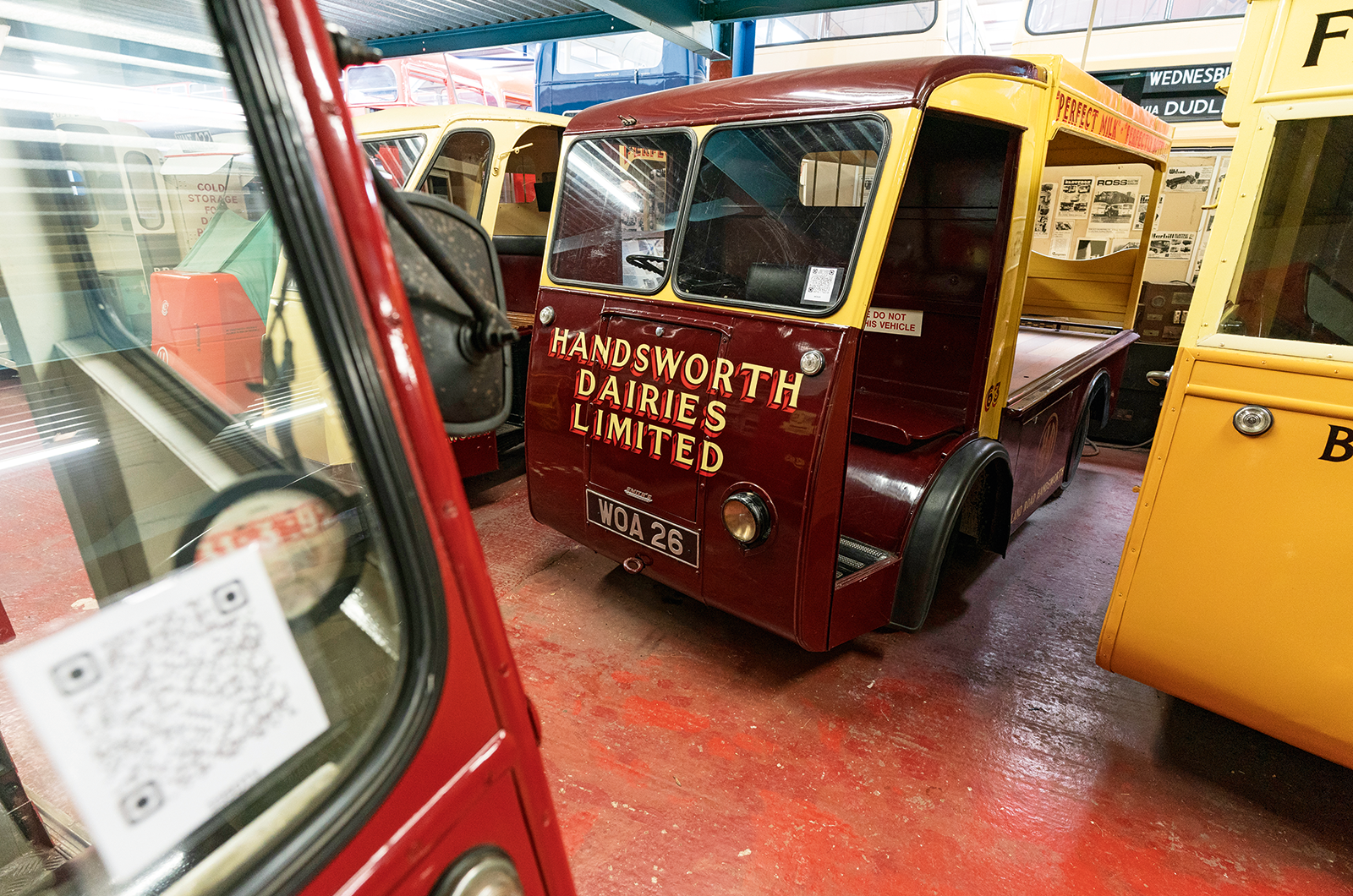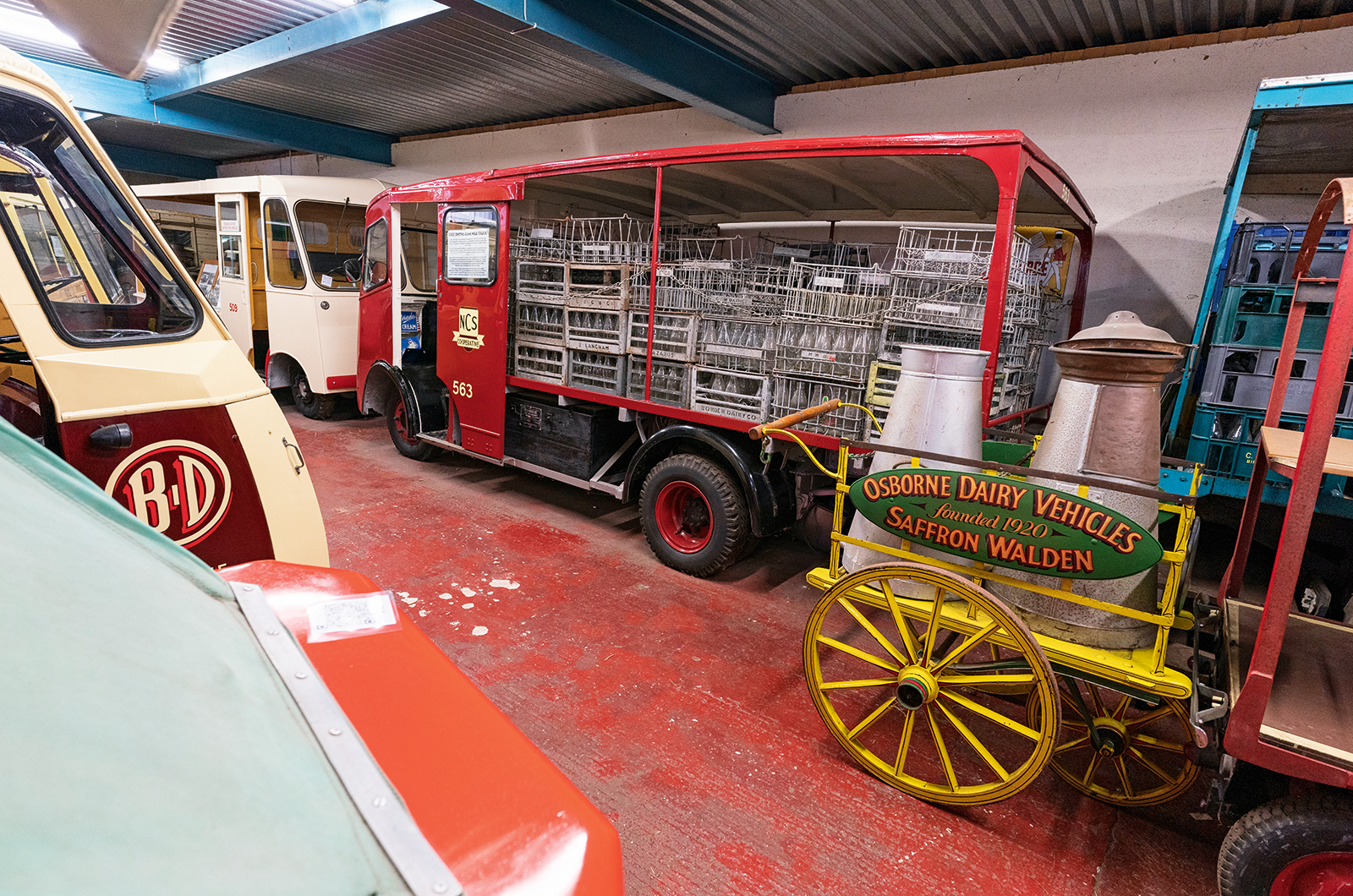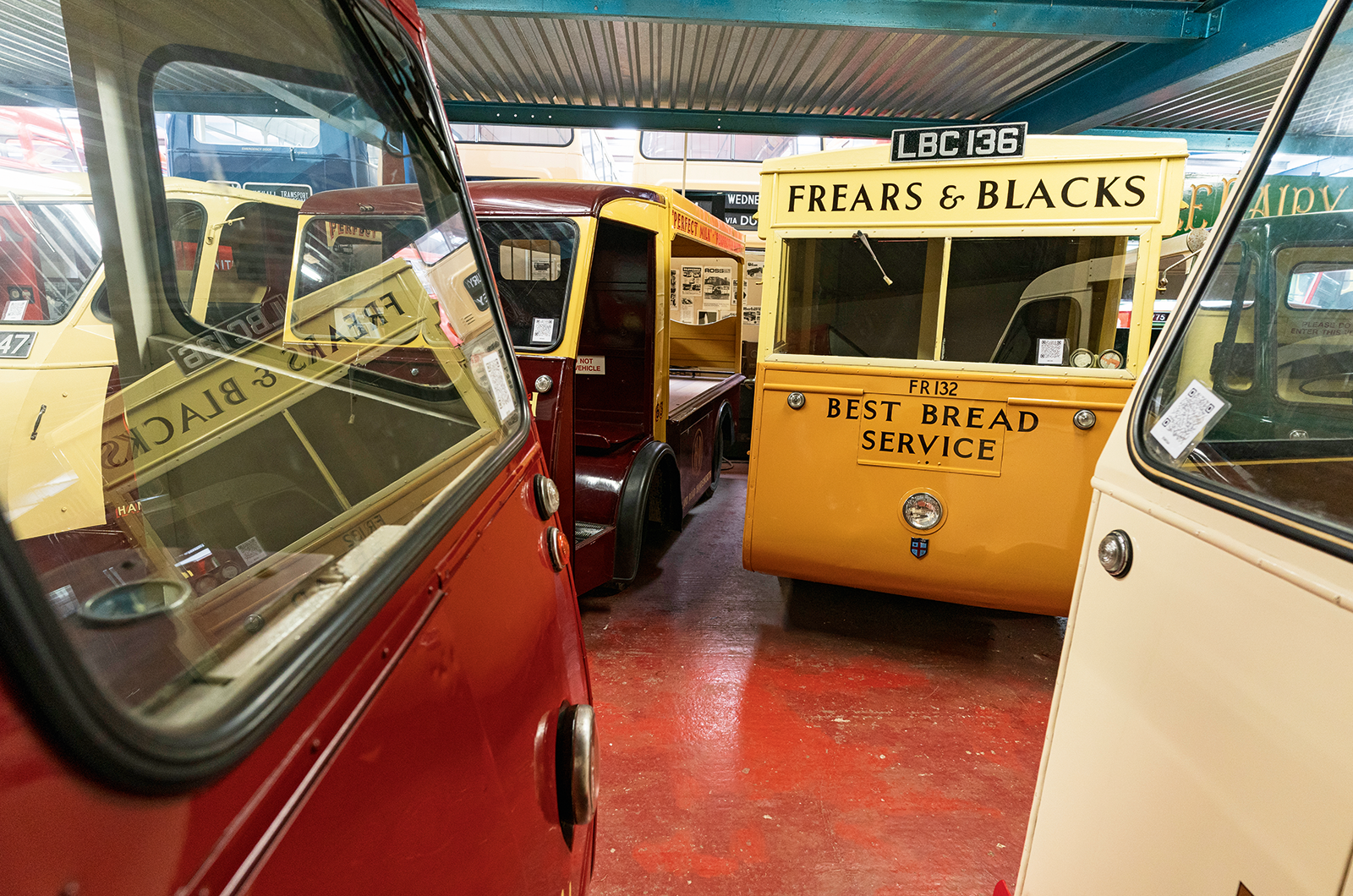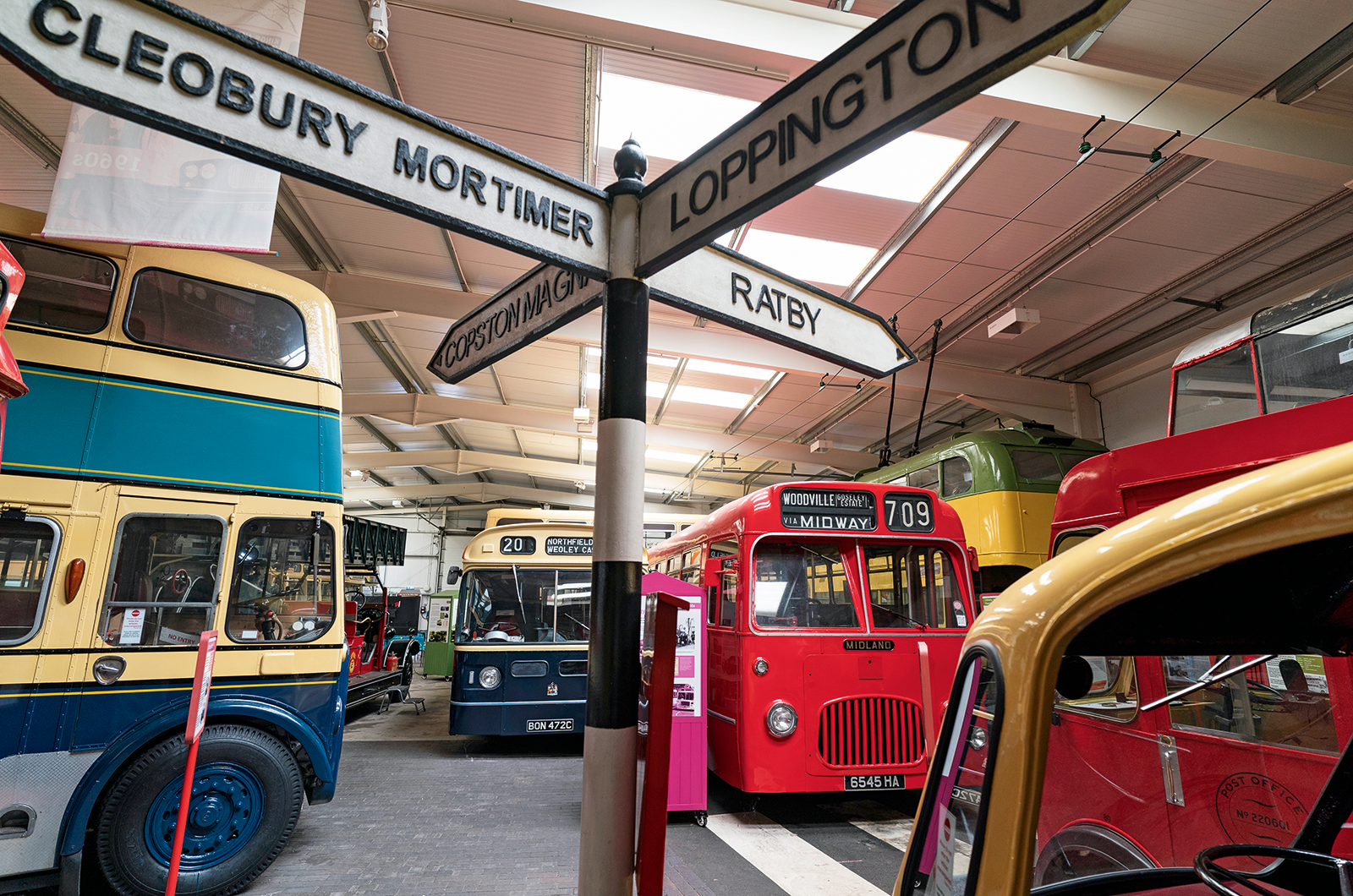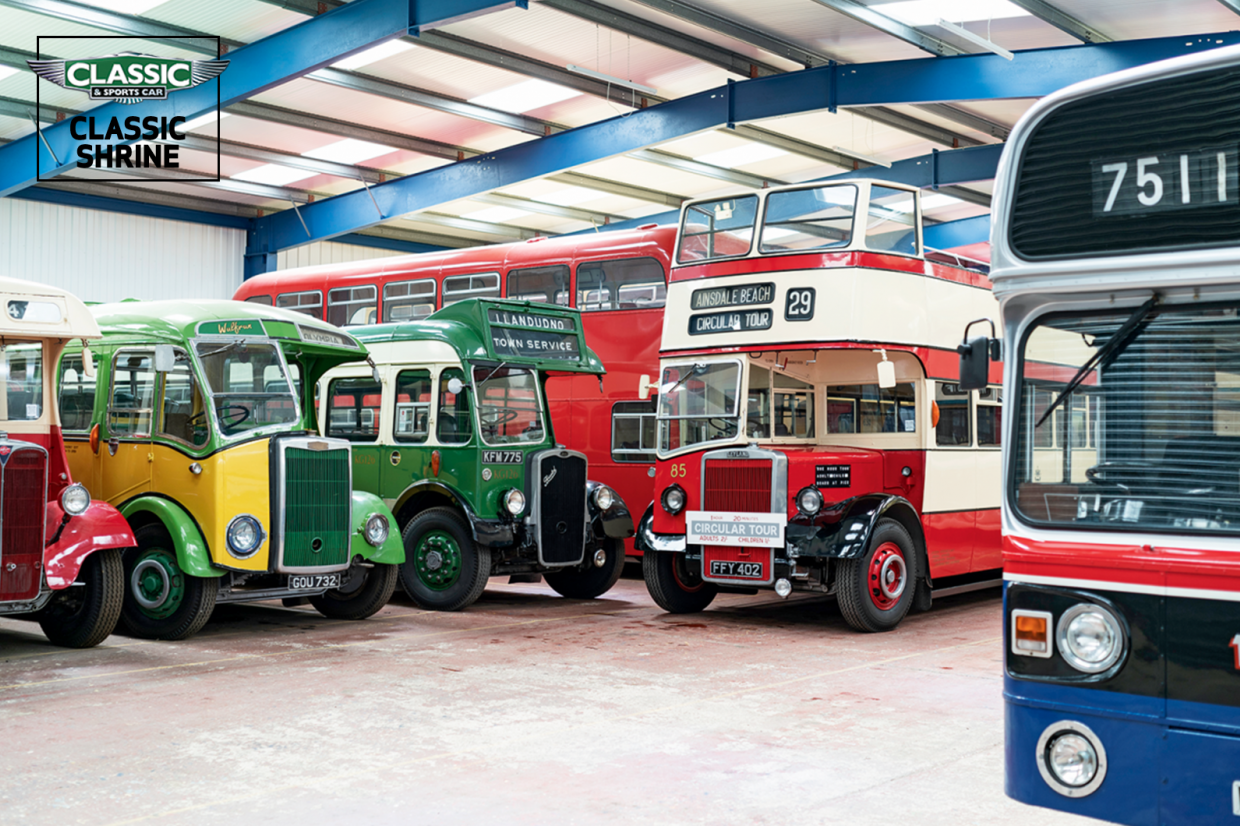
Transport Museum Wythall has has enjoyed a sharp increase in visitor numbers since the COVID-19 pandemic, from a previous best of 10,000 to last year’s record 15,000.
Given that we’re talking about a bus-spotters’ paradise here, and one that you’d imagine would appeal to a fairly niche, older demographic, a 50% increase in attendance seems remarkable.
But thanks to a canny repurposing of the museum, Wythall has successfully managed to retain its loyal supporters while introducing a new breed of younger visitors into the mix.
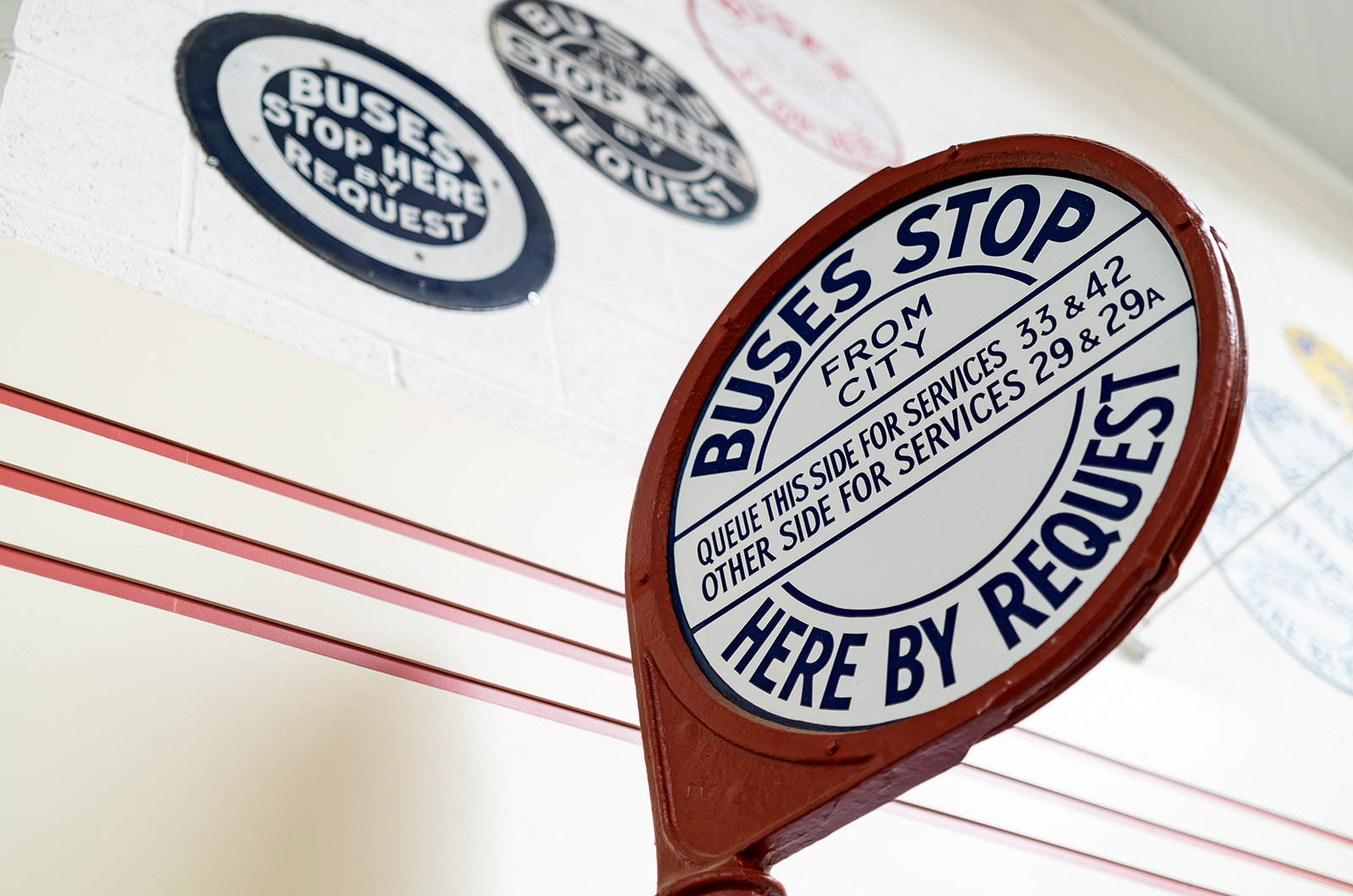
A Birmingham City Transport bus stop from the 1950s
And for 2023, the former RAF airbase site just south of Birmingham, which houses 90 buses – many of which are operational – as well as a collection of historic electric commercial vehicles, expects to be even busier.
“We could no longer rely on the traditional enthusiasts to sustain the museum,” says Wythall’s Denis Chick.
“So we’ve broadened its appeal by telling the social and manufacturing stories behind the buses, which brings great educational benefits for children, as well as linking with their own family histories: ‘This is the sort of bus your grandad would have gone to work on’ – that kind of thing.

